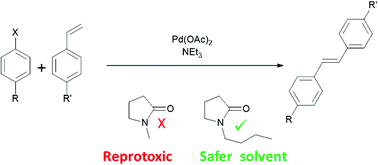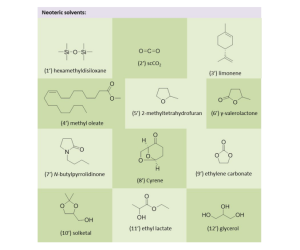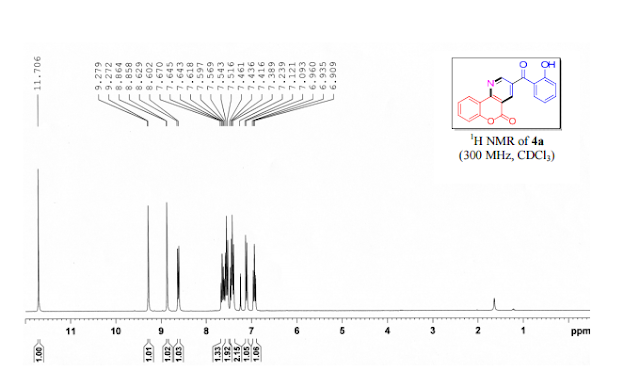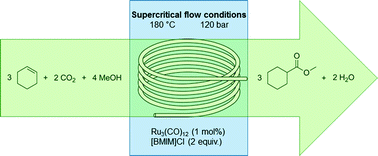The
dengue virus and related flaviviruses are an increasing global health
threat. In this perspective, we comment on and review medicinal
chemistry efforts aimed at the prevention or treatment of dengue
infections. We include target-based approaches aimed at viral or host
factors and results from phenotypic screenings in cellular assay systems
for viral replication. This perspective is limited to the discussion of
results that provide explicit chemistry or structure–activity
relationship (SAR), or appear to be of particular interest to the
medicinal chemist for other reasons. The discovery and development
efforts discussed here may at least partially be extrapolated toward
other emerging flaviviral infections, such as West Nile virus.
Therefore, this perspective, although not aimed at flaviviruses in
general, should also be able to provide an overview of the medicinal
chemistry of these closely related infectious agents.
READ AT
http://pubs.acs.org/doi/full/10.1021/acs.jmedchem.5b01653
The Medicinal Chemistry of Dengue Virus
† Medicinal
Chemistry, Institute of Pharmacy and Molecular Biotechnology IPMB, Heidelberg University, Im Neuenheimer Feld 364, 69120 Heidelberg, Germany
§ Laboratory
of Organic Synthesis, Institute of Chemistry
of the Academy of Sciences of Moldova, Academiei 3, 2028 Chisinau, Moldova
J. Med. Chem., Article ASAP
DOI: 10.1021/acs.jmedchem.5b01653
Publication Date (Web): January 15, 2016
Copyright © 2016 American Chemical Society
ACS Editors' Choice - This is an open access article published under an ACS AuthorChoice
License, which permits copying and redistribution of the article or any adaptations for non-commercial purposes.
Biography
Mira A. M. Behnam
studied pharmacy and biotechnology at The German University in Cairo,
where she obtained her B.Sc. degree (2009) and M.Sc. degree (2011) in
Pharmaceutical Chemistry in collaboration with Würzburg University.
Since 2013, she is DAAD scholarship holder and Ph.D. candidate in the
group of Prof. Christian Klein (Heidelberg University) working on the
development of potent antiviral compounds against dengue and West Nile
virus.
Biography
Christoph Nitsche
studied chemistry and business administration. He obtained his Ph.D. on
the development of dengue virus protease inhibitors under the guidance
of Prof. Christian Klein at Heidelberg University with a scholarship
from the German National Academic Foundation. Currently, he is working
as a Feodor Lynen Fellow (Alexander von Humboldt-Foundation) in the
laboratory of Prof. Gottfried Otting at the Australian National
University. His present research focuses on novel NMR methods for drug
discovery.
Biography
Veaceslav Boldescu
studied pharmaceutical technology and obtained a Ph.D. in Technology of
special products (pharmaceuticals) in 2008 under the guidance of Acad.
Gheorghe Duca (Academy of Sciences of Moldova). He started his research
pathway at the State University of Moldova and continued it at the
Institute of Chemistry of the Academy of Sciences of Moldova, working in
the Laboratory of Organic Synthesis lead by Prof. Fliur Macaev. His
main research interests include development of new chemotherapeutic
agents against infections such as tuberculosis and dengue.
Biography
Christian D. Klein
studied pharmacy and obtained a Ph.D. in Pharmaceutical Chemistry in
2000 under the guidance of Profs. Ulrike Holzgrabe (University of Bonn)
and A. J. Hopfinger (UIC, Chicago). Following postdoctoral work at ETH
Zürich, he became an Emmy Noether junior group leader. Since 2007, he is
professor of Pharmaceutical Chemistry at Heidelberg University. His
main research interests are anti-infective compounds and fundamental
questions in medicinal chemistry, such as the study of unusual binding
modes and structural motifs.
////












 .
.







